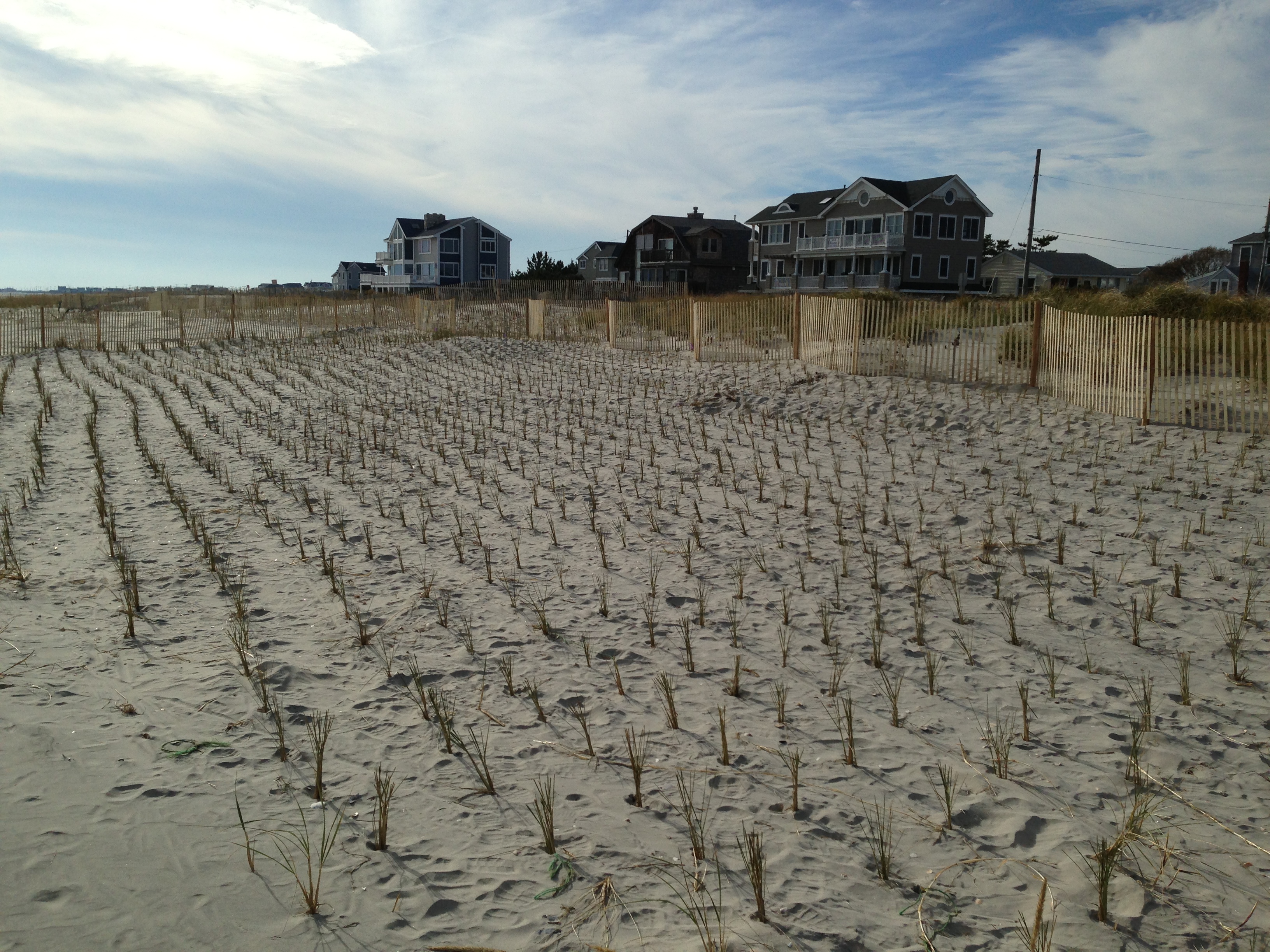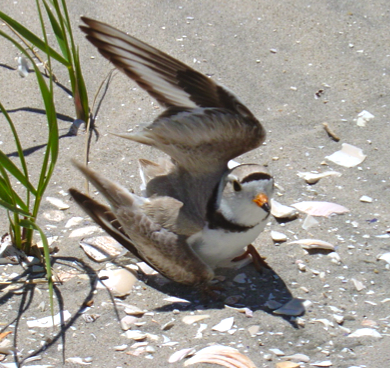Maslo Guides Shoreline Restoration for Beachgoers and Birds

 Brooke Maslo is harnessing the creative potential of natural disasters to reconcile the post-Sandy recovery needs of two types of coastal communities – people and shorebirds. After Superstorm Sandy, government-funded efforts to repair coastal infrastructure began. But shorebirds, particularly four species – piping plovers (right), least terns, black skimmers, and American oystercatchers – are vulnerable to those rebuilding efforts. “People want stable beaches, not [the] dynamic habitat [that shorebirds need],” says Maslo.
Brooke Maslo is harnessing the creative potential of natural disasters to reconcile the post-Sandy recovery needs of two types of coastal communities – people and shorebirds. After Superstorm Sandy, government-funded efforts to repair coastal infrastructure began. But shorebirds, particularly four species – piping plovers (right), least terns, black skimmers, and American oystercatchers – are vulnerable to those rebuilding efforts. “People want stable beaches, not [the] dynamic habitat [that shorebirds need],” says Maslo.
So, when it comes to coastal restoration, are the needs of human beachgoers and threatened birds mutually exclusive? In her collaboration with Todd Pover of the Conserve Wildlife Foundation of New Jersey, Maslo is using a combination of aerial imagery, long-term nest monitoring data, and spatial modeling techniques to predict where suitable habitat for the four target shorebird species existed before Sandy. They then “projected those predictive models onto images of the post-Sandy landscape,” finding that, in many parts of the coast, Sandy’s winds and storm surge actually created habitat for the birds.
The next step, says Maslo, is to identify “stretches of beach where birds are predicted to occur but do not,” presumably due to interference by beach stabilization actions or other protective measures. “What impact did human storm recovery actions have? We want to quantify that and provide a direct causal link between human action and habitat degradation.” This will provide strong justification for the preservation of newly created habitat in the wake of the next “Sandy.” “The goal is to rapidly identify the top places for protection [of shorebird habitat].”
Maslo and Pover have also submitted a proposal to increase coastal resiliency for both people and birds through the marriage of two oft-conflicting goals – protection of coastal infrastructure and biological conservation. If funded, their team will design new beach profiles that would have the ability to capture and redirect storm water runoff while providing foraging habitat to several shorebird species. This isn’t terribly innovative,” she says of the designs, which mimic the profile of “natural” beaches with a variety of plant and dune types that make the beaches diverse in comparison with the flat, sandy highways that make up much of the Jersey shore. “But people aren’t used to seeing natural beaches. They’ve been satisfied with the environment even as it degraded around them,” Maslo adds. Restorations that follow the natural beach format, though, might be better protected from storms. “There are beaches [in New Jersey] that are still natural,” says Maslo. “They were much less affected by Sandy.”
Molly MacLeod, June 2014


